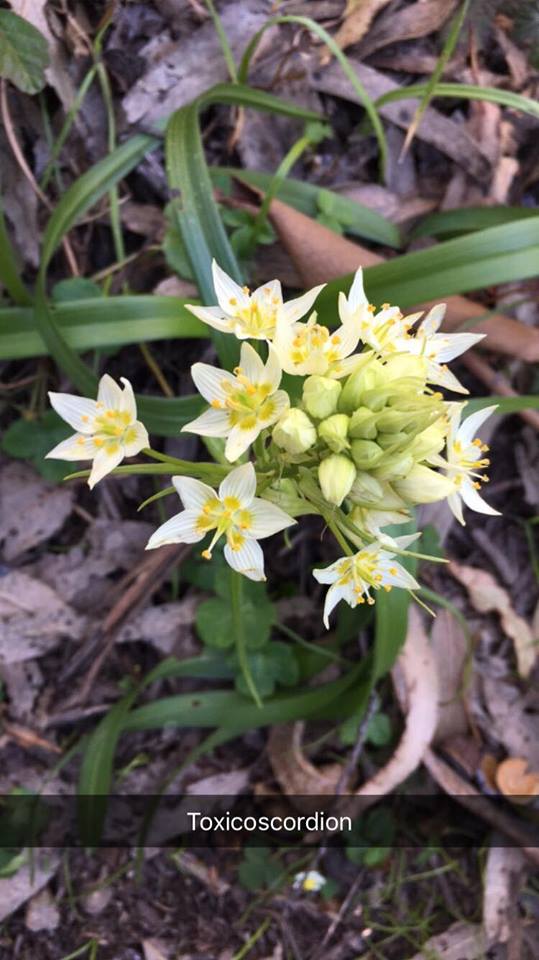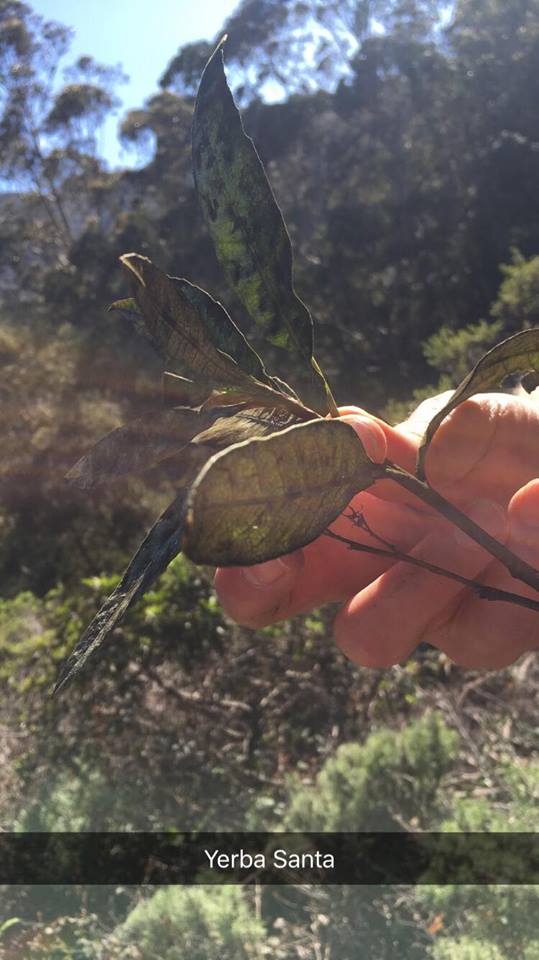Botany Field Journal #3
Date: 02 March, 2017
Location: San Pedro Valley County Park (37.578450, -122.475945), elevation: 58.7 meters
This picture shows the directions from the University of San Francisco to San Pedro Valley County Park. We left campus at approximately 12:50 pm.
Site description:
The site that we visited is located near Pacifica. There are many native species that grow here. This region consists of moist and dry areas. The streams and creeks help to keep the area moist. In higher elevations, this region seems to be a coastal Scrub. There were various dominant scrub species observed here. The first dominant species that we observed was eucalyptus. There were also other stubby species. We observed the Manzanitas, California sagebrush, and coyote bush species here as well. Associated species included poison oak and California buckwheat. Shrubs were around 2 meters, canopy was continuous/intermittent.
Species descriptions and digital collections (3): These pictures illustrate the three species of plants that I have chosen to describe in my blog.
1) Genus and Species: Toxicoscordion
Common name: Fremont’s death camas
Family: Melanthiaceae
Species Description:
This is a California native perennial herb species that is toxic. The flower is bisexual. It has three pedals and three sepals that are undifferentiated. The stigma breaks into three as well. Perianth parts are white to yellow. The ovary is superior. The leaves of this species are sword-shaped and long, which go in many directions as shown above. The leaves are lanceolate to widely ovate. The stem is glabrous.
2) Genus and Species: Eriodictyon californicum
Common name: Yerba Santa
Family: Boraginaceae
Species Description: this species has dirty looking leaves. The leaves have strong tertiary venation underside, lanceolate to oblong. The leaves are elongated and bunched together. The margins of the leaves can be entire to toothed (dentate). The leaves also have short petioles. Flower is funnel-shaped and white-ish but is not present in these pictures. The stem is glabrous. This species is found on the slopes, woodlands, roadsides, and chaparral.
3) Genus and Species: Trillium albidum or Trillium chloropetalum
Common Name: either Giant white wakerobin or Giant wakerobin (hard to distinguish)
Family: Melanthiaceae
Species Description: We came across this species at the beginning of our hike. This is a California native perennial species found usually in moist canyons and coastal scrubs. It shows trillium modeling on the leaf. The flower is radial and has 3 white sepals and 3 white petals. The corolla is white to pink. Sepals are spreading. Petals point up (ascending). Anthers are purple to white. Something interesting that we learned was that deer bite these. Leaves are rounded to obtuse at the tip. There is also green to brown spotting on the leaves. Flowers have a sweet rose-like scent.
Narrative:
We left campus at 12:50 in the afternoon. It was a warm sunny day and we were all excited to begin our field trip. After about thirty minutes of driving, we arrived at San Pedro valley County and started hiking up. We came across a sign that warned us about mountain lions but thankfully we didn’t see any. Professor Paul taught us about some interesting species. We ran into multiple species that we had seen before such as Houndstoungue or sword ferns. The hike was fun and informative. We came back around 4:3o. I am excited for our next trip.
(I almost accidentally touched poison oak right after taking this picture…but I survived). PC: James
Bluewitch nightshade in the solanaceae family.












